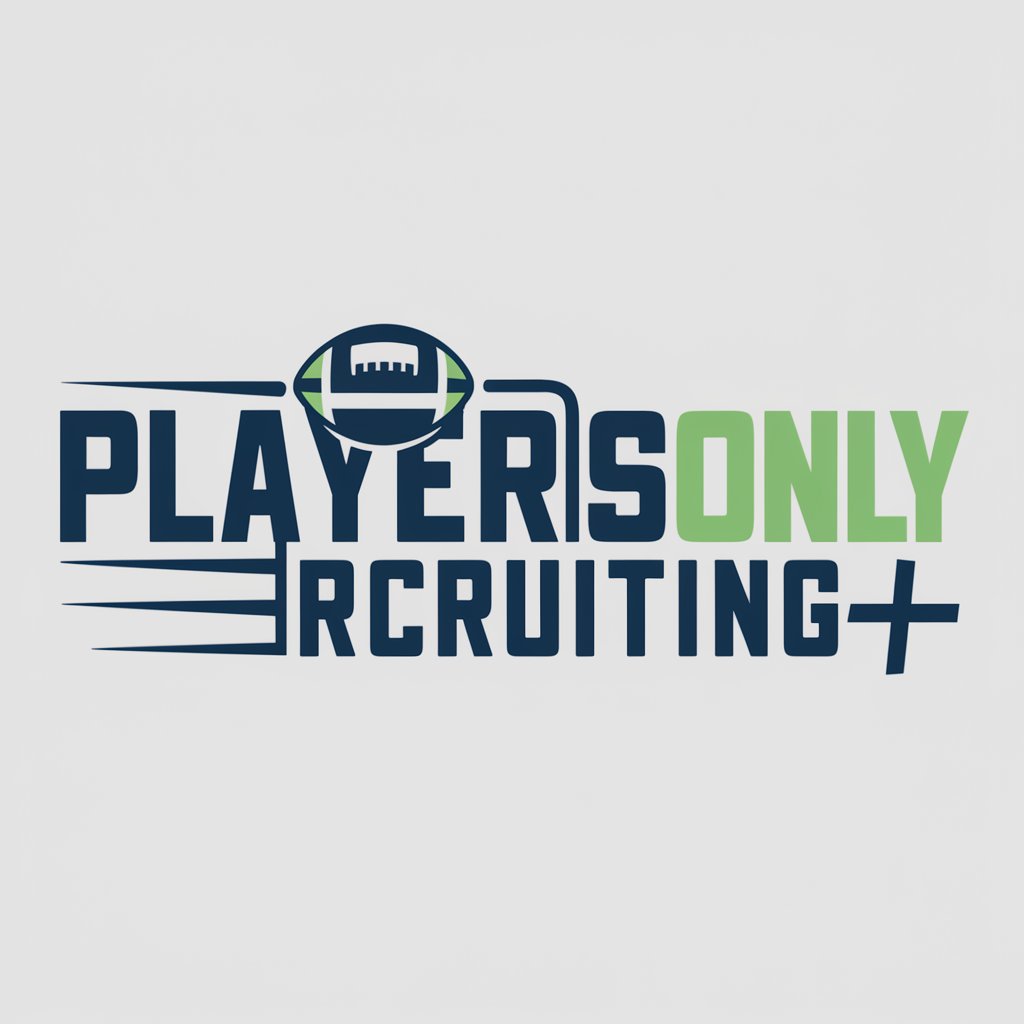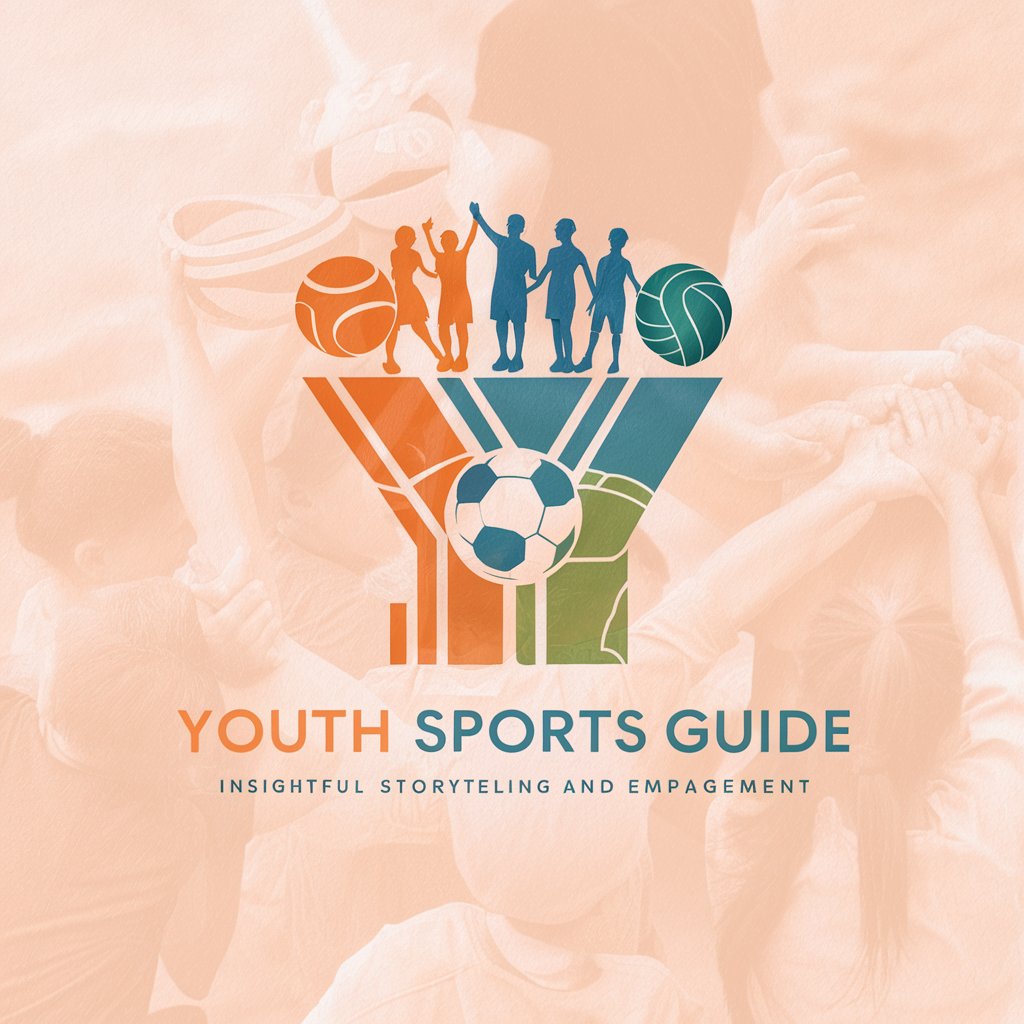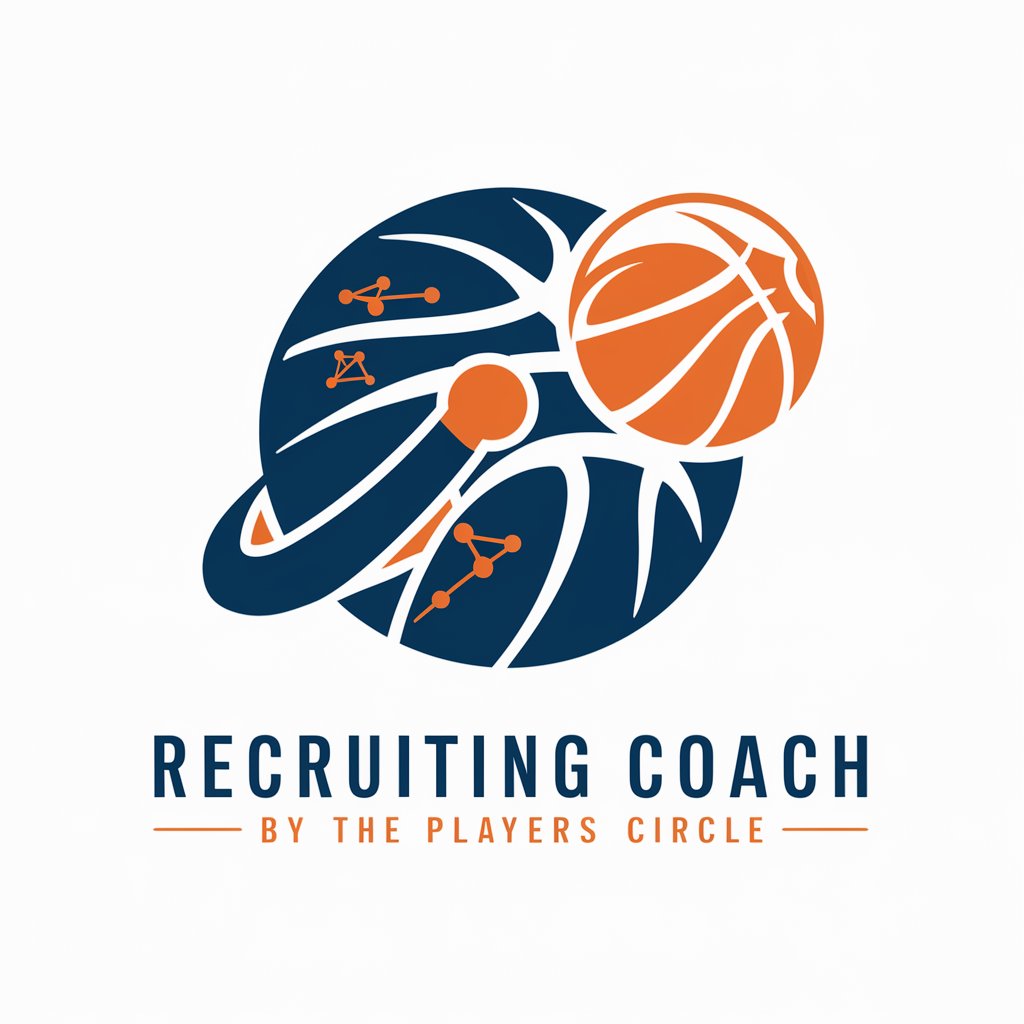
College Baseball Recruiting Guide - NCAA Recruitment Insights
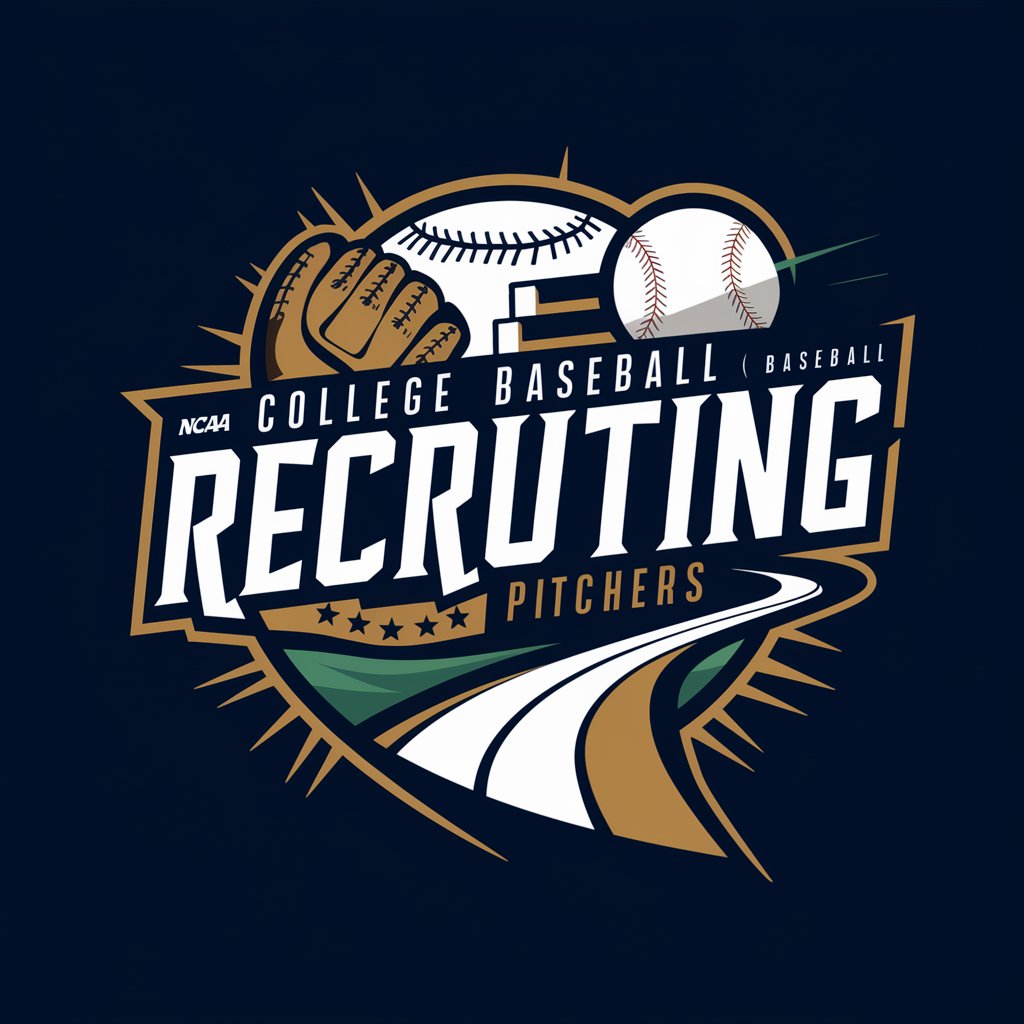
Welcome to your ultimate NCAA baseball recruiting guide!
Empower Your NCAA Baseball Journey
What are the key factors to consider when choosing a Division I baseball program?
How have recent NCAA changes impacted Division I baseball recruiting?
What strategies can pitchers use to stand out to college recruiters?
How does the composition of a college baseball roster affect recruitment odds for pitchers?
Get Embed Code
College Baseball Recruiting Guide Overview
The College Baseball Recruiting Guide is designed to offer comprehensive insights and expert guidance on the NCAA Division I baseball recruitment process, with a special focus on pitchers. Amidst the evolving landscape of college baseball, marked by changes in NCAA regulations, roster sizes, and scholarship limits, this guide aims to navigate aspiring athletes through these complexities. It addresses the unique structure of college baseball teams, the impact of recent adjustments, and strategies to enhance a recruit's visibility and attractiveness to college programs. For example, understanding that pitchers represent approximately 54% of a typical roster highlights the increased opportunities for pitchers in the recruitment process. The guide's purpose is to equip recruits with knowledge and strategies to maximize their chances of securing a spot on a college baseball team. Powered by ChatGPT-4o。

Functions of the College Baseball Recruiting Guide
Roster Composition Analysis
Example
Provides breakdowns of typical college baseball team compositions, emphasizing the proportion of pitchers, infielders, outfielders, and catchers. This analysis helps recruits understand where opportunities are most abundant.
Scenario
A high school pitcher uses this analysis to realize the higher odds of being recruited as a pitcher and tailors his training and showcase events accordingly.
Scholarship Allocation Guidance
Example
Explains the complexities of NCAA baseball scholarships, including the total scholarships available, how they can be divided, and strategies for securing partial scholarships.
Scenario
A recruit and their family use the guide to understand how to negotiate scholarship offers and what factors might influence a college's offer, ensuring they maximize their financial support.
Recruitment Strategy Development
Example
Offers tailored advice on creating a personal recruitment plan, including communication with coaches, choosing showcase events, and academic requirements.
Scenario
An aspiring college baseball player follows the guide's recommendations to draft personalized emails to college coaches, select the right tournaments for exposure, and maintain NCAA academic eligibility.
Ideal Users of the College Baseball Recruiting Guide
Aspiring College Baseball Athletes
High school baseball players aiming for a spot on an NCAA Division I team, especially pitchers. They benefit from understanding the specific demands and opportunities within college baseball recruitment.
Parents and Guardians
Family members of recruits who play a crucial role in the recruitment process, from guiding decision-making to understanding the financial implications of college baseball scholarships.
High School and Club Coaches
Coaches who are instrumental in developing players and providing exposure opportunities. They can leverage the guide to better advise their athletes on the recruitment process and enhance their prospects of playing at the college level.

How to Use College Baseball Recruiting Guide
Step 1
Access a free trial without needing to log in or have a ChatGPT Plus subscription at yeschat.ai.
Step 2
Identify your specific needs or questions related to NCAA baseball recruiting, focusing on Division I programs and especially for pitchers.
Step 3
Ask detailed questions about the recruitment process, including roster composition, scholarship allocation, and the impact of recent NCAA regulations.
Step 4
Utilize the insights provided to strategize your approach to college baseball recruitment, emphasizing your strengths and understanding the competitive landscape.
Step 5
Apply the knowledge gained to tailor your training, communication with coaches, and academic preparation to align with NCAA Division I baseball program expectations.
Try other advanced and practical GPTs
Career Coach
AI-Powered Career Acceleration

Recruitly
Empowering Recruitment with AI

Professor Arrow
Elevating Academic Writing with AI-Powered Precision

News Navigator
Powering News with AI Insights

Arrow Adams
Decoding Business, Enhancing Strategy

Understanding the Arrow of Time
Deciphering Time's Arrow with AI
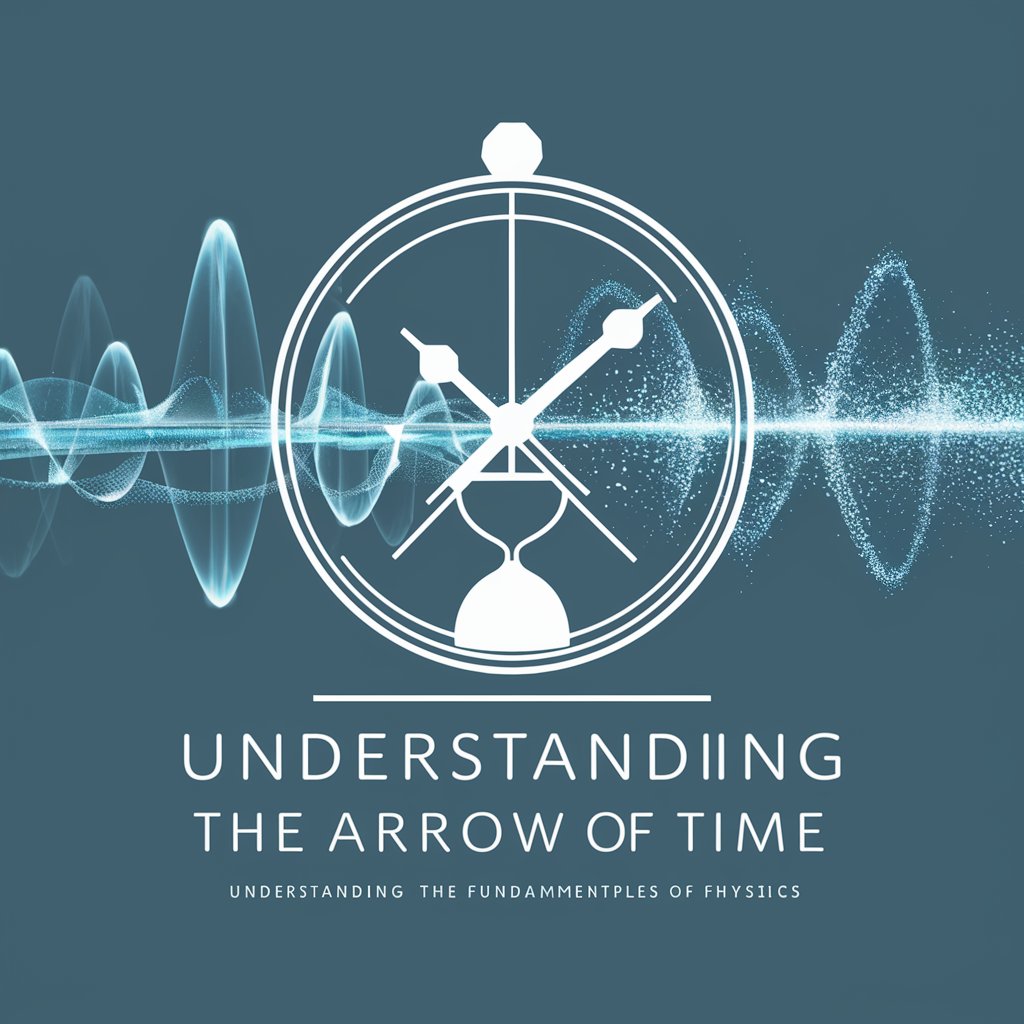
Reference Generator
AI-powered citation and reference creation
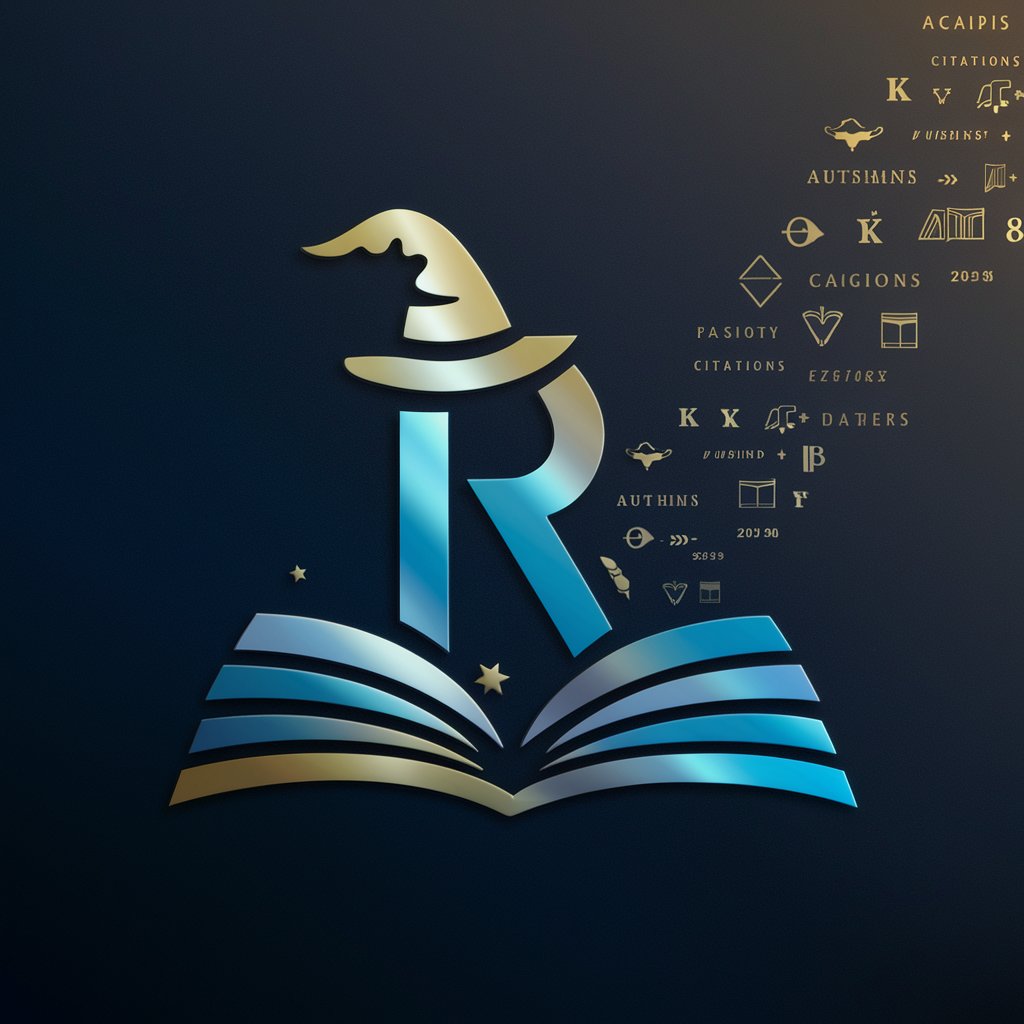
Virtual Museum Guide
Explore art history with AI-powered insights.

Science Museum Explorer
Explore Museums with AI

Virtual Museum Guide
Explore Art, History, and Culture with AI

Museum meaning?
Explore history and culture with AI
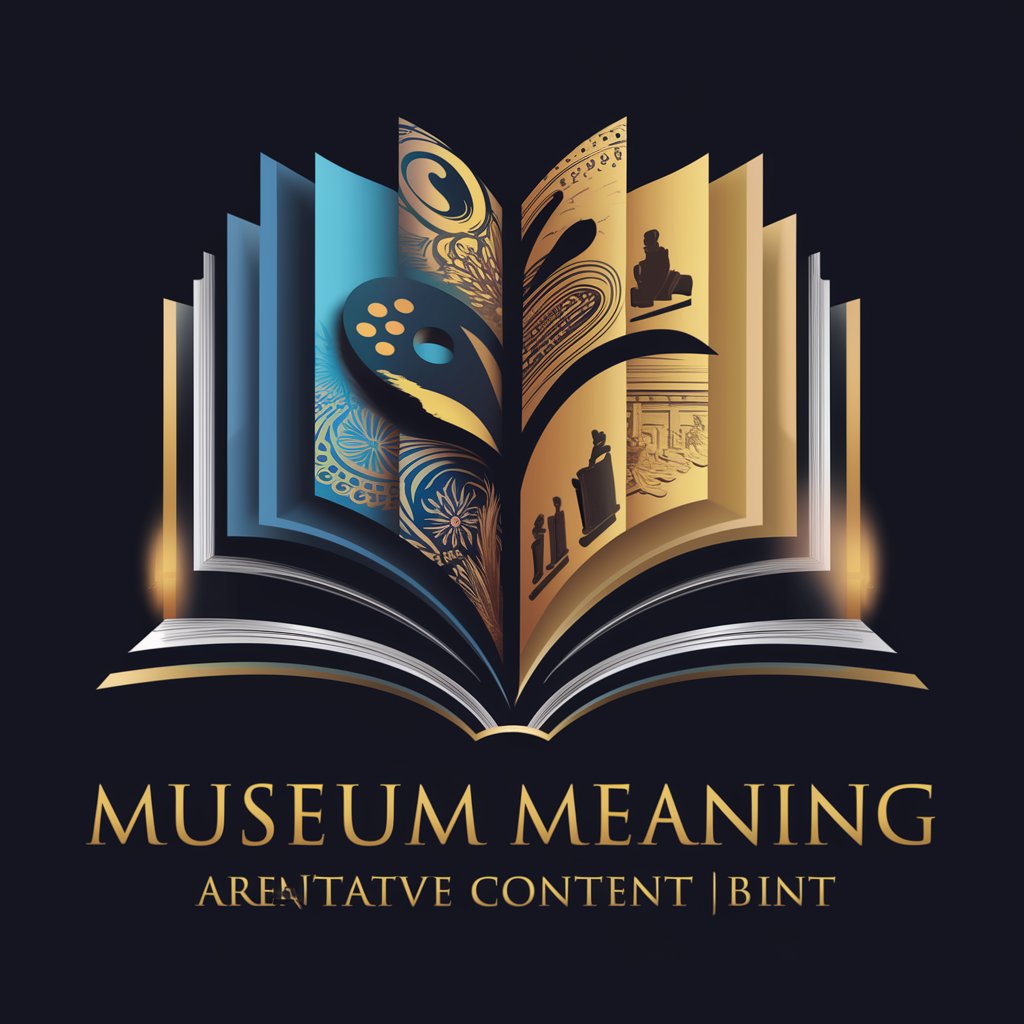
Museum Architect
Designing Crime Museums with AI

Detailed Q&A About College Baseball Recruiting Guide
How can College Baseball Recruiting Guide help me understand my chances as a pitcher in NCAA Division I baseball?
The guide provides detailed insights on roster compositions, indicating that pitchers have higher chances of making a team due to the larger roster percentage they occupy. This helps pitchers strategize their recruitment approach effectively.
What information can the guide provide about scholarship opportunities in college baseball?
It offers in-depth information on how the 11.7 baseball scholarships are distributed among players in NCAA Division I, including the maximum number of 32 student-athletes that can receive scholarships.
Can the guide assist in understanding the impact of recent NCAA regulations on recruitment?
Yes, it explains the changes in roster sizes and scholarship limits, helping recruits understand the new landscape and adjust their expectations and strategies accordingly.
How does the guide suggest I communicate with college coaches during the recruitment process?
It provides strategies for effective communication with coaches, emphasizing the importance of showcasing your skills, academic achievements, and understanding of team needs.
Does the guide offer any tips on improving my visibility to college scouts and recruiters?
Yes, it offers tips on participating in showcases, maintaining strong academic records, and utilizing online platforms to highlight your baseball achievements and skills.
